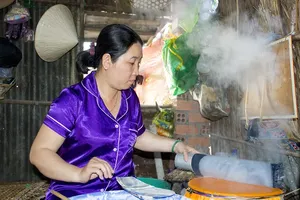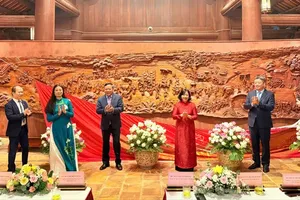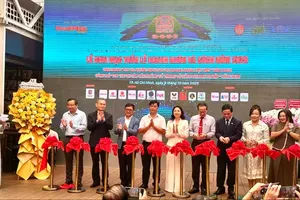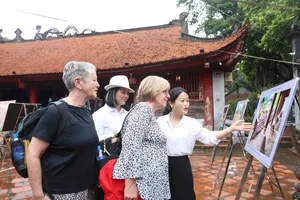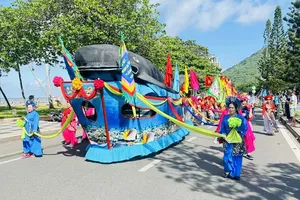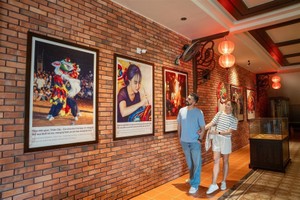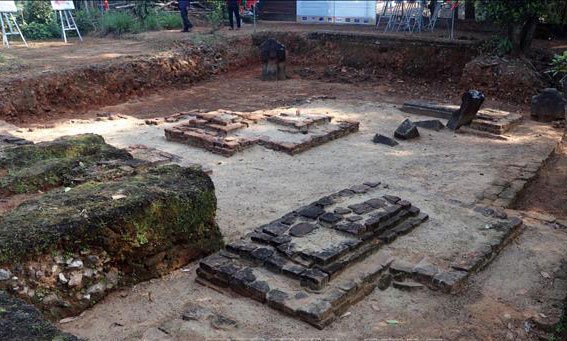
Vice Chairman of the municipal People’s Committee Le Quang Nam said the city is now home to two national special, 17 national, and 60 city-level relics.
Of these, only Cham Phong Le is named an archaeological relic, demonstrating its importance and exceptional values.
Excavations and studies reveal it is a large-scale architectural construction and part of the Cham tower system in the central region. The lives of Cham people in Amaravati land, as they called the area around Da Nang, between the 10th and 12th centuries are reflected through unearthed exhibits.
Nam took the occasion to request that Cam Le district leaders, people, and relevant agencies work together in the conservation and development of the relics.
The site was discovered by local residents in April 2011. The foundations of a brick construction and other elements were then found during an excavation by the Da Nang Museum of Cham Sculpture.
After three excavations on nearly 790 sq m, the entire scale and basic structure of a large Cham tower was exposed.
It is believed to be have been built by the Cham in early 10th century and remained a place of worship until the 12th century at least.
The Champa Kingdom, from where the Cham ethnic minority people originated, ruled what is today Vietnam’s central coastal region between the 4th and 13th centuries.
They built a range of distinctive towers across the kingdom. Some still stand today, such as Po Nagar in Nha Trang, Khanh Hoa province, Po Klong Garai and Po Rome in Ninh Thuan province, Nhan tower in Phu Yen province, and, especially, the 21 towers at the UNESCO-recognised My Son Sanctuary in Quang Nam province.










